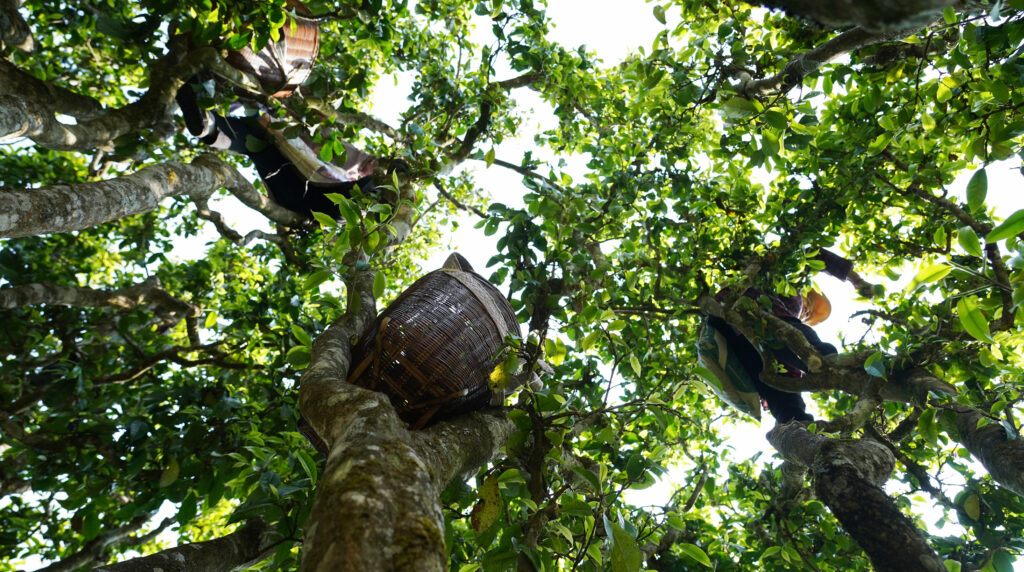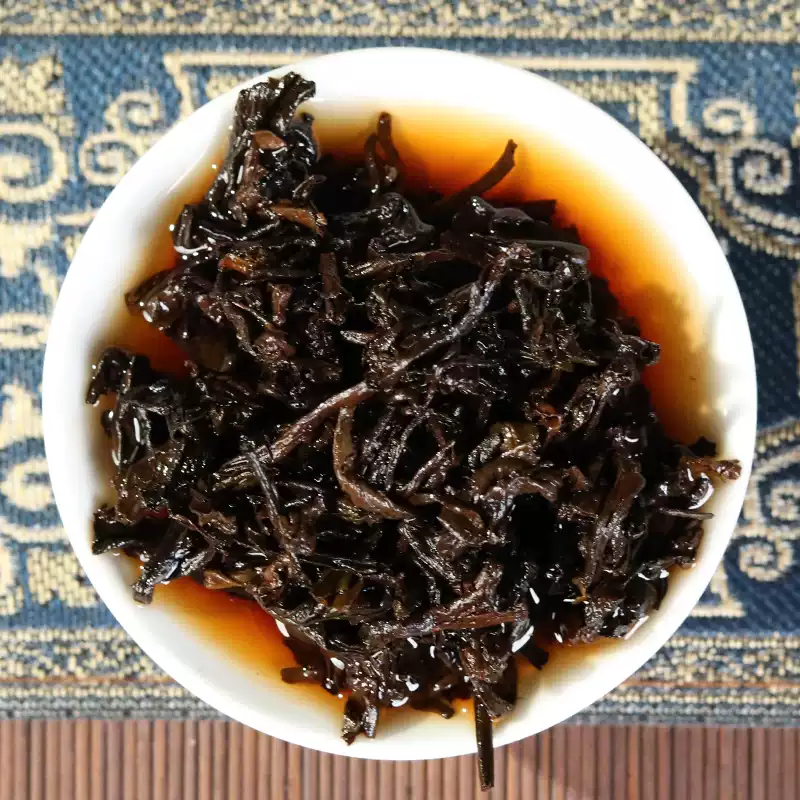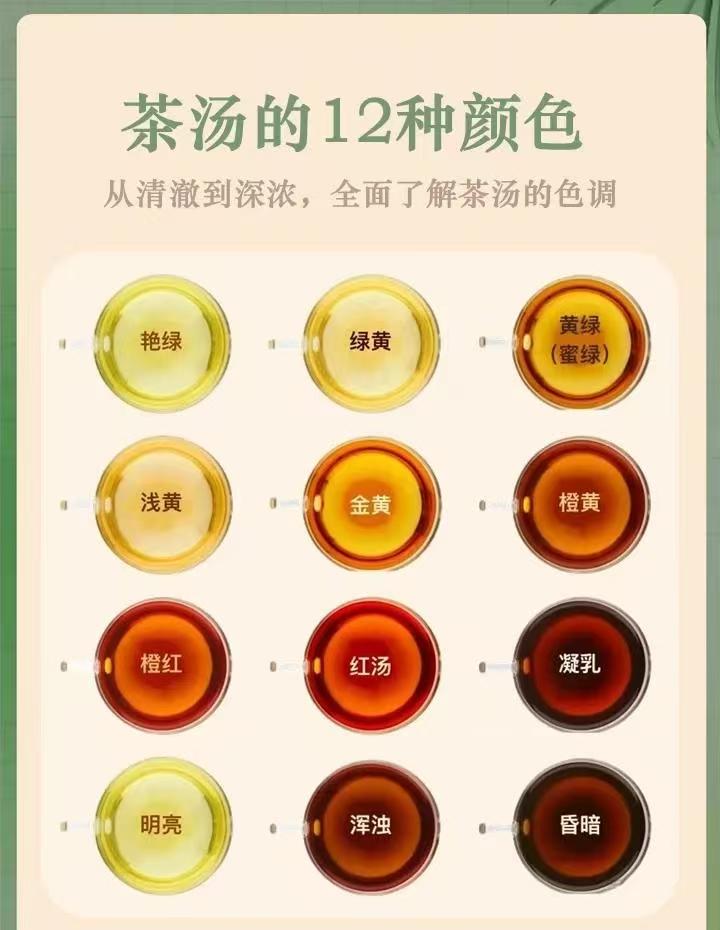The Secret of Pu-erh Tea Liquor Color: Discovering the Beauty of Yunnan Pu-erh

Pu-erh tea, a cornerstone of traditional Chinese tea culture, is renowned worldwide for its distinctive flavor and profound character. Among the key indicators of high-quality Pu-erh tea, the color of the brewed tea liquor stands out as one of the most intuitive and important aspects. In this article, we explore the characteristics of Pu-erh tea liquor color, highlighting what makes Yunnan Pu-erh unique and why it leads the global green and dark tea market.
What Is Pu-erh Tea Liquor Color?

The liquor color of Pu-erh tea refers to the color of the tea after it’s been brewed. This visual element is not just about aesthetics—it also reflects the tea’s fermentation level, storage duration, leaf quality, and processing methods.
Differences Between Raw and Ripe Pu-erh Tea:

- Raw Pu-erh (Sheng Pu-erh): Typically has a clear yellow-green or golden hue. As it ages, it gradually shifts to orange-yellow or amber. Its bright, clean liquor reflects the freshness and vitality of Yunnan high-mountain green teas.
- Ripe Pu-erh (Shou Pu-erh): Undergoes a unique fermentation process called “wo dui,” resulting in a deep red, reddish-brown, or dark chestnut liquor. Aged ripe Pu-erh often displays a beautiful amber shine with rich visual appeal.
Why Is Yunnan Pu-erh Tea Liquor So Unique?

1. High-Altitude Climate Creates Superior Leaves
Yunnan’s highland environment—with its abundant sunshine, mild climate, and clean air—offers ideal conditions for tea cultivation. The thick, nutrient-rich leaves from these elevations contribute to brighter and purer tea liquor.
2. Ancient Tea Trees Provide Rich Inner Qualities
Pu-erh is made primarily from Camellia sinensis var. assamica, especially from century-old tea trees. These trees are rich in polyphenols, amino acids, and trace minerals, which brew into colorful, layered, and aromatic liquor.
3. Post-Fermentation and Aging Transform the Color
One of Pu-erh’s most fascinating aspects is its ability to improve with age. The tea liquor evolves from greenish-yellow to reddish-brown over time, offering visual and taste experiences that are dynamic and unique.
How to Identify High-Quality Pu-erh Tea by Liquor Color

- Clarity – The liquor should be clear, free of cloudiness or impurities.
- Natural Color – Avoid overly bright or artificial-looking colors.
- Consistency with the Leaf – The liquor color should align with the brewed leaf appearance; extreme contrast may indicate processing issues.
Frequently Asked Questions (FAQ)
Q1: Is darker Pu-erh tea liquor always better?
A: Not necessarily. The color depends on the type and age of the tea. Raw Pu-erh is naturally lighter and becomes darker with age, while ripe Pu-erh starts with a deep red tone due to fermentation.
Q2: Why does my Pu-erh tea liquor appear murky or dull?
A: This may be due to poor water quality, oversteeping, or lower-grade tea leaves. Use high-quality spring or mineral water and follow proper steeping guidelines.
Q3: Does tea liquor color affect flavor?
A: Yes. The brightness and clarity of the liquor are often indicators of the tea’s cleanliness, smoothness, and depth of flavor.
Final Thoughts: The Beauty of Pu-erh Tea in Every Drop
From the bright golden hues of raw Pu-erh to the deep amber tones of aged ripe Pu-erh, the liquor color of Pu-erh tea is a visual and sensory journey. It reflects Yunnan’s exceptional terroir, traditional craftsmanship, and the enduring legacy of Chinese tea culture.
If you’re looking to learn more or purchase premium Yunnan Pu-erh tea, we welcome you to reach out to us: